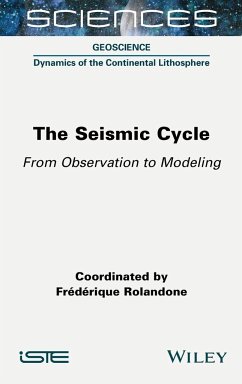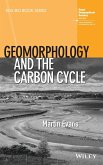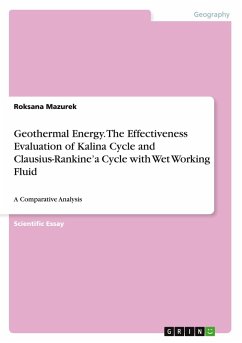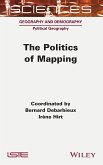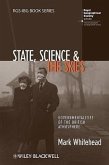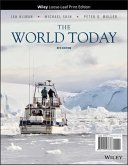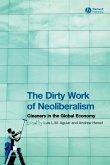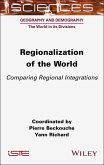The study of the seismic cycle has many applications, from the study of faulting to the estimation of seismic hazards. It must be considered at different timescales, from that of an earthquake, the co-seismic phase (a few seconds), the post seismic phase (from months to dozens of years) and the inter-seismic phase (from dozens to hundreds of years), up to cumulative deformations due to several seismic cycles (from a few thousand to hundreds of thousands of years). The Seismic Cycle uses many different tools to approach its subject matter, from short-term geodesic, such as GPS and InSAR, and seismological observations to long-term tectonic, geomorphological, morphotectonic observations, including those related to paleoseismology. Various modeling tools such as analog experiences, experimental approaches and mechanical modeling are also examined. Different tectonic contexts are considered when engaging with the seismic cycle, from continental strike-slip faults to subduction zones such as the Chilean, Mexican and Ecuadorian zones. The interactions between the seismic cycle and magmatism in rifts and interactions with erosion in mountain chains are also discussed.
Hinweis: Dieser Artikel kann nur an eine deutsche Lieferadresse ausgeliefert werden.
Hinweis: Dieser Artikel kann nur an eine deutsche Lieferadresse ausgeliefert werden.

